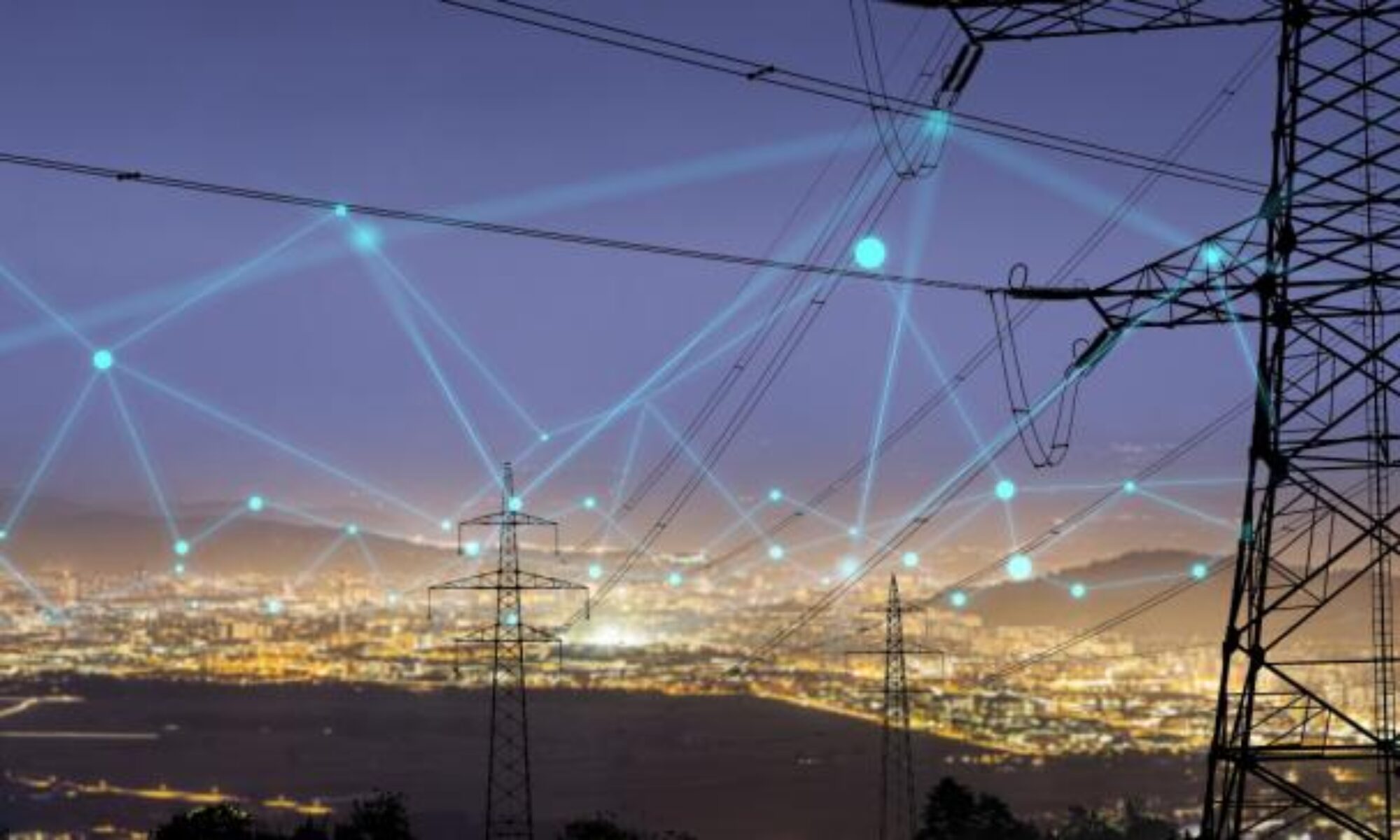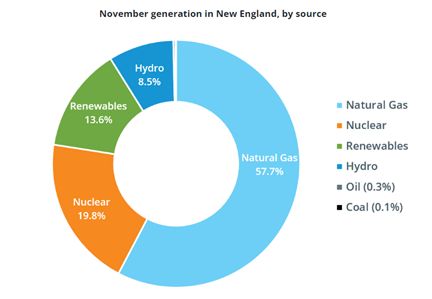As reported in a recent article in the Portland Press Herald (“Nuclear power is making a comeback in the U.S. But not in Maine.” 12/1/2024), over the last few months, the media has been abuzz with reports about restarting old nuclear reactors and a growing interest among tech investors in “small modular reactors” (SMRs). While the public might interpret this as a general trend toward nuclear power, restarting older nuclear plants, like Three Mile Island Unit 1, is an entirely different venture from the ambitious efforts of startups attempting to commercialize SMR technologies. And none are viable options for Maine for the next decade, if ever.
Let’s first deal with the restart of old reactors. Most of the operating nuclear plants in the US entered service with costs that far exceeded initial estimates and required substantial upgrade investments to remain operational. Electricity customers were often saddled with these expenses, sometimes even paying for plants long after their owners took them out of service. Just last year, the only new nuclear plant to be commissioned in four decades came online with costs five to ten times higher than acceptable alternatives, a burden that Georgia ratepayers will carry for decades.
Those plants that might be restarted were taken offline because they became too expensive to compete with cheaper alternatives in their respective markets. Their owners have found single customers willing to pay a premium for their electricity, eliminating their need to compete in the marketplace. While avoiding market risk, the plant owners still face the potential of expensive component replacements in the future. Fortunately, plant owners and their contracted electricity purchasers will bear the risk, not utility ratepayers.
SMRs fall into two broad categories: those based on “light water reactor” designs similar to current nuclear plants and those in the “exotic” category, which include molten salt coolants, fuels that contain more fissile isotopes and require higher energy neutron radiation fields. The financial risks of SMRs, borne entirely by private investors, mirror those of most emerging technologies: challenges in securing ongoing investment, failure to complete federal licensing, uneconomic designs, delayed timelines, and, in some cases, products that ultimately fail to perform as needed for competitive market entry.
The Nuclear Regulatory Commission (NRC) website tracks SMR project licensing, offering details on where these companies stand in the licensing process. In the light water SMR category, only one of the four light water developers, NuScale, achieved design certification last year after a 14-year effort. Immediately after certification, The others are far behind, Shortly after getting its design certification, NuScale announced that their projected costs would be far higher than anticipated, making them uneconomic in most markets, and that they were unlikely to deliver units when promised. NuScale’s stock plummeted and earlier this year they laid off a quarter of their staff and shifted its focus to Romania. Assuming NuScale stays afloat, a US operating license for its first product is still at least a decade away. Among the exotic SMR designs, three companies have applied for test reactor construction permits. Test reactors are important, but still very early in the path to an actual licensed economic product. Since the 1950s, about 20 fast reactor test units have operated, but none proved economical. The current administration in Washington has vowed to eliminate IRA subsidies, which potentially make or break whether or not these new technologies will be economic.
As with the older reactors, the financial risks of SMR development, regardless of the technology, fall entirely on the investors rather than on ratepayers. For SMR developers, the most pressing risk is the potential loss of investor backing before reaching viability. The nuclear industry and at least one political lobbying organization have been conducting a public relations campaign to promote the notion that SMRs are on the brink of success, offering low-cost energy solutions. There are two agendas for this message. First, giving the illusion of near-term viability buoys wary investors worried they would never see a payout. The other agenda is that by making SMRs seem imminent, less attention would be paid to clean technologies, thereby enhancing the continued use of fossil fuels.
So what about Maine? Restarting old reactors is out of the question for Maine. For SMRs in the future, three requirements will have to be met. First, an economically competitive and licensed SMR product needs to be available. NuScale is the front-runner, provided it overcomes its financial woes. Still, it is at least a decade away from such a product. The others, including the fast reactor variants, are way behind. The second requirement would be for a non-utility owner-operator to step forward since Maine electric utilities are not allowed to own power plants. Every new commercial nuclear plant built in the US has been utility-owned because they are uniquely positioned to manage the significant financial risk of delay and costs. Finally, since 1985, the construction of any new nuclear reactors in Maine must be approved by a public referendum (Title 35-A §4302).
The recent wave of nuclear promotion, whether restarting old plants or investing in SMR R&D—reflects a renewed push to reframe nuclear as part of a sustainable energy future. However, each path carries distinct risks and benefits. The high operational costs of restarting existing plants are only justifiable if long-term contracts pay them a premium. For SMRs, substantial investment risks fall on private investors hoping for breakthroughs in cost and technology. Both approaches require caution, transparency, and realistic expectations. While nuclear energy may offer potential benefits in terms of clean energy, its viability in the future energy mix depends entirely on whether the financial and operational challenges of each of its various technologies can be overcome. Commercial nuclear power will, therefore, not be part of Maine’s electricity future, and counting on its contribution runs the risk of delaying or deferring affordable and available actions.
Finally, you might note that this is all about commercial viability, economics and market decisions. The collapse of the industry in the US, as well as any future it might have are due to those factors and had little to do with public risk perception, waste disposal or environmental concerns.





